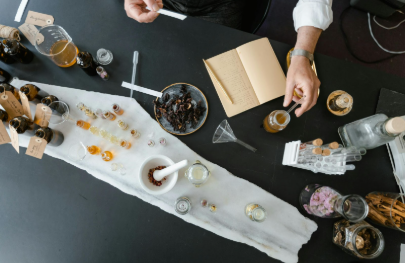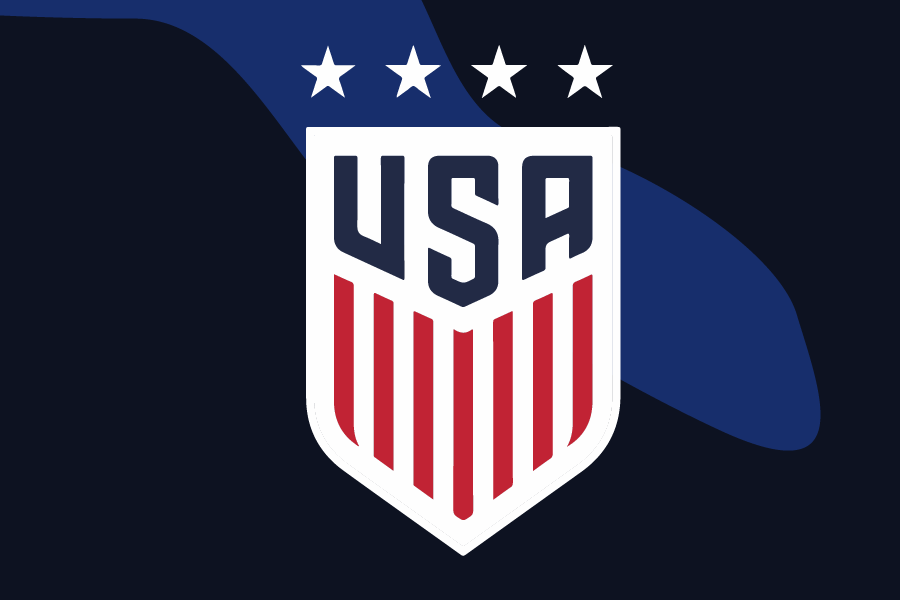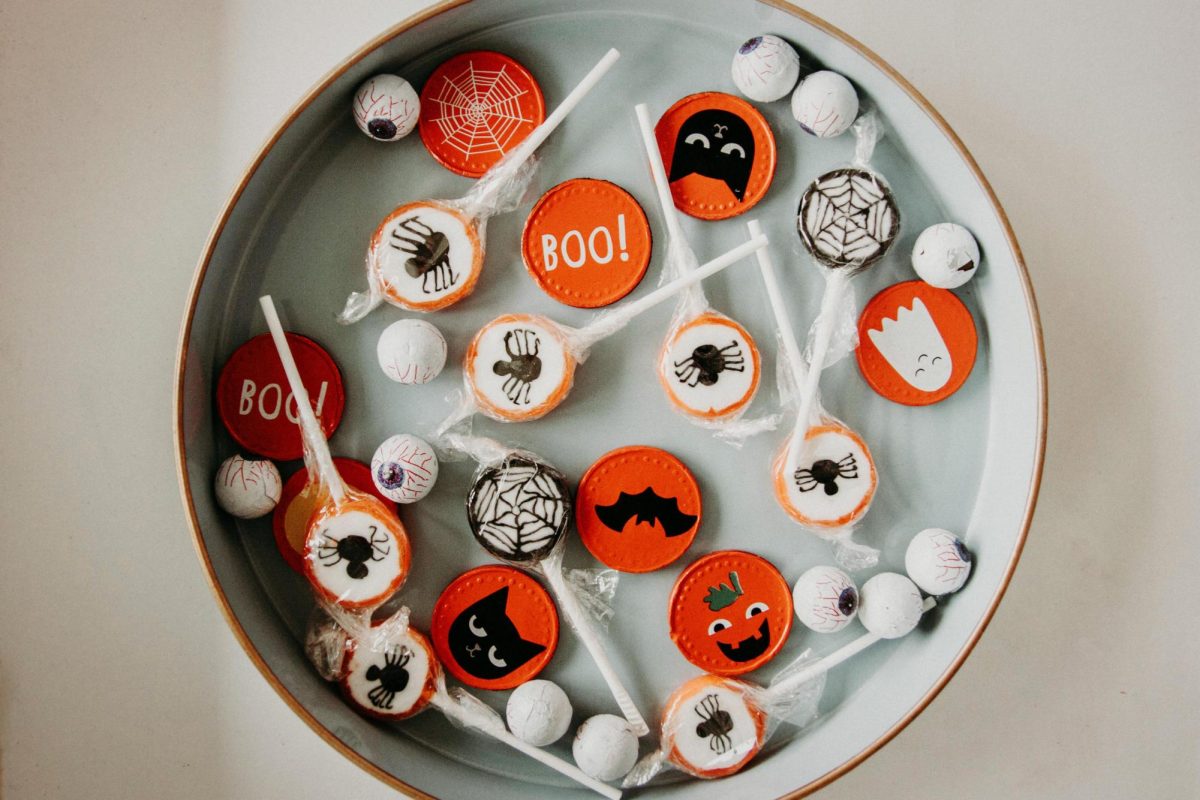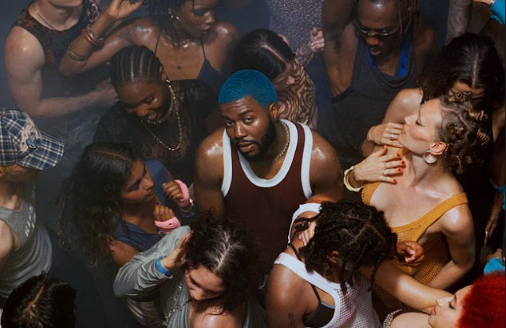The Food and Drug Administration has banned the use of Red Dye 3 in American food, drinks, and drugs.
According to a Jan. 15 New York Times article, Red Dye 3 was proven to cause cancer in male lab rats during studies done around 1990. Following this discovery, the F.D.A banned Red 3 from cosmetics and topical medications.
At the time, it was estimated that the dye could cause cancer in fewer than 100,000 people. However, it was also linked to health concerns in youth.
Red 3 can be found in hundreds of food and drink products, many of which Americans may consume daily. Notably, it is present in many frostings, candy, colored beverages, strawberry milk, children’s nutrition shakes, protein shakes, and maraschino cherries. The U.S Department of Agriculture’s website lists which products include it as an ingredient.
Many other countries have already banned Red 3, with minimal exceptions, seeing it as a health concern. The ban in America will take effect in 2027, and it will include products imported into the U.S.
Manufacturers of the dye said there are no credible safety concerns. The F.D.A. “downplayed the risks to humans, saying that researchers had not found similar cancer risks in studies involving animals other than male rats,” the Times article said. Claims that the use of Red Dye No. 3 “in food and in ingested drugs puts people at risk are not supported by the available scientific information,” the article quotes Jim Jones, the F.D.A.’s deputy commissioner for human foods, as saying.
Compared to other countries, America is typically seen as a country where fast food is consumed too regularly and where chemicals, as well as dyes, are added all too often into an excessive number of foods.
For years, the F.D.A delayed the ban of Red 3 in foods, even though the agency barely hesitated to ban it from topical products back in 1990. Considering that the food, drink, and drug products are what is actually ingested, this is extremely concerning.
It is common knowledge that people should avoid processed foods and vibrant dyes. However, consumers may not know that harmful chemicals and dyes are in their products without reading the nutrition label. Even then, many less-than-ideal ingredients are often listed by chemical names in minuscule print.
Most companies would lose support and customers if Americans found out what all of the chemical names equated to. For example, Red Dye 3 may be listed as erythrosine, which consumers do not commonly know is Red 3.
This decades-delayed ban on Red 3 makes consumers wonder what else has been discovered as harmful by the F.D.A but placed out of the public eye and delayed. Consumers also might wonder what manufacturers are willing to do just to stay in business.














